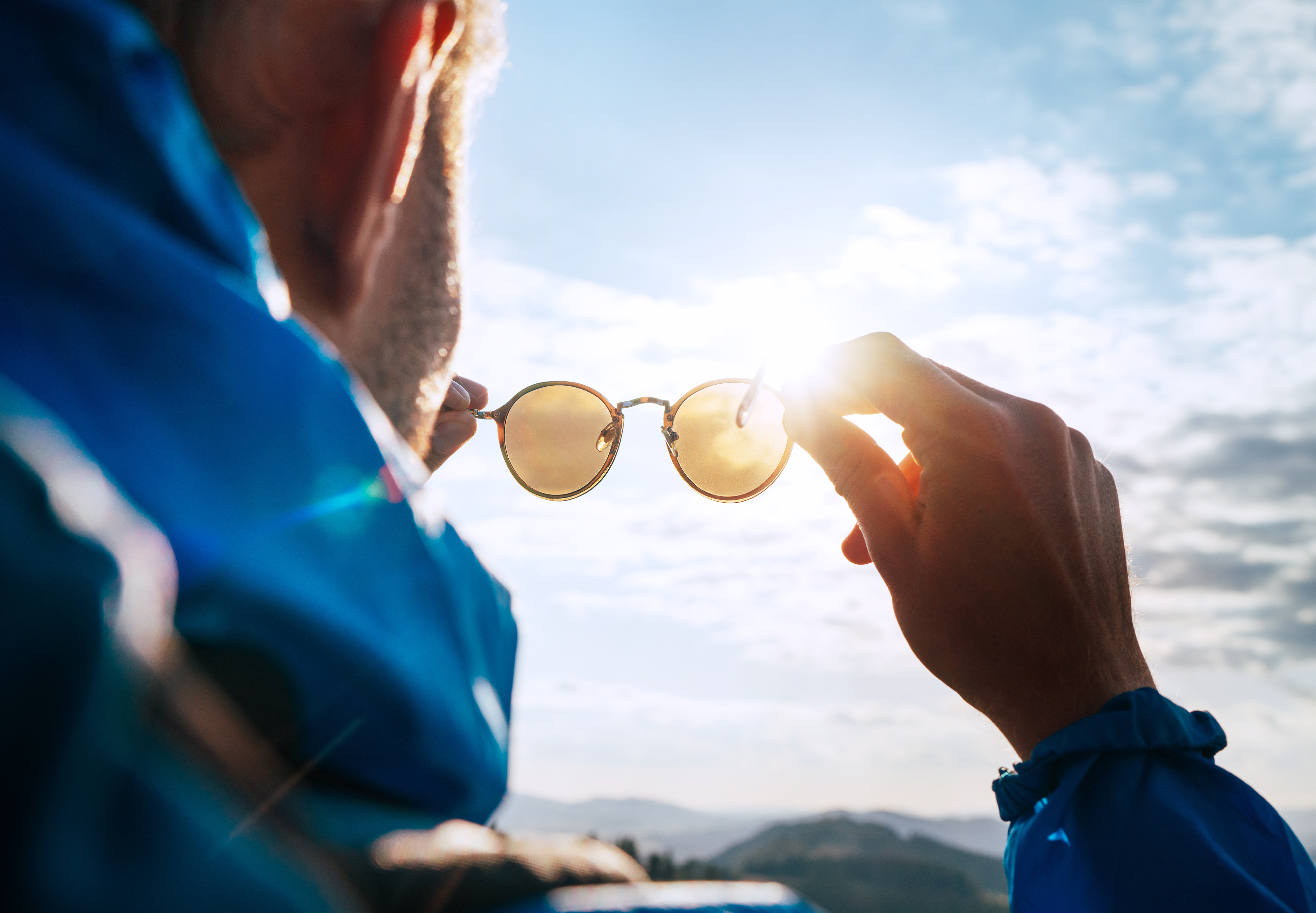


“It’s not just your skin that’s at risk from UV light,” said Robert Sgrosso, WorkSafeNB’s manager of occupational hygiene and ergonomics. “UV light can cause serious damage to your eyes, including cataracts, pterygium (a growth that invades the corner of the eyes), and macular degeneration.”
Though the risk may be great, the solution is simple. And it can also be stylish.
“Sunglasses are the greatest form of protection for your eyes,” Sgrosso said, adding to take care when choosing sunglasses.
“The price or lens colour is not necessarily an indication of the amount of protection. You don’t have to spend a bundle on sunglasses; the important thing is that they block 99-100% of both UVA and UVB light,” he said.
However, Sgrosso cautions that sunglasses with the highest degree of protection might not be the best for driving. General purpose sunglasses that block from 60-92% of visible light and UVA rays and between 95-99% of UVB rays are best for driving.
When choosing sunglasses, you should look for lenses that are a medium dark grey, green or brown, and ensure they fit snugly. Plastic lenses are less likely to shatter but scratch more easily, so buy those with a scratch-resistant coating. The wraparound style of sunglasses are recommended for those who spend a lot of time outdoors, to prevent sunlight from entering the eyes from the side.
If you’re really attached to your prescription eyeglasses, you can have a clear UV coating applied. And if you wear contact lenses, whether or not your lenses feature UV blocking, you should still wear sunglasses.
Because the sun’s rays are the strongest between 10 a.m.- 4 p.m., Sgrosso advises to complete outside work, whenever possible, before those hours. You should also try to work in the shade as much as possible, he said. And along with your sunglasses, wear a broad-brimmed hat.
Sunlight reflected off water, sand and pavement can be the most dangerous because it is intensified, so construction workers, lifeguards and fishers should be especially careful, Sgrosso cautions. (Other reflective surfaces are rock, building glass, unpainted corrugated steel and aluminum roofing.)
Keep in mind that your eyes can be harmed by UV light sources other than the sun, such as welding lamps or tanning lights, so remember to always wear eye protection when using these sources of invisible high energy UV rays.
